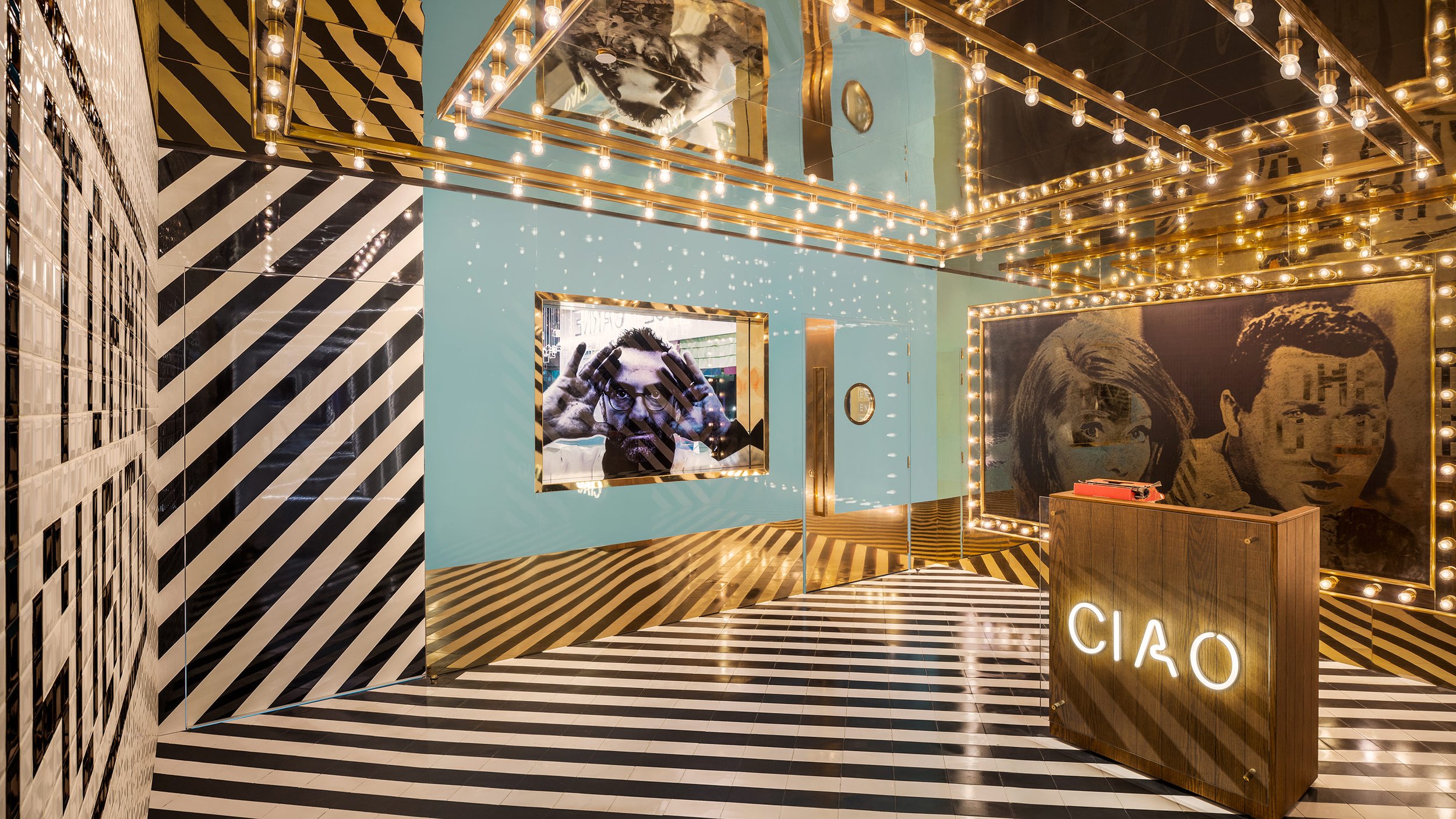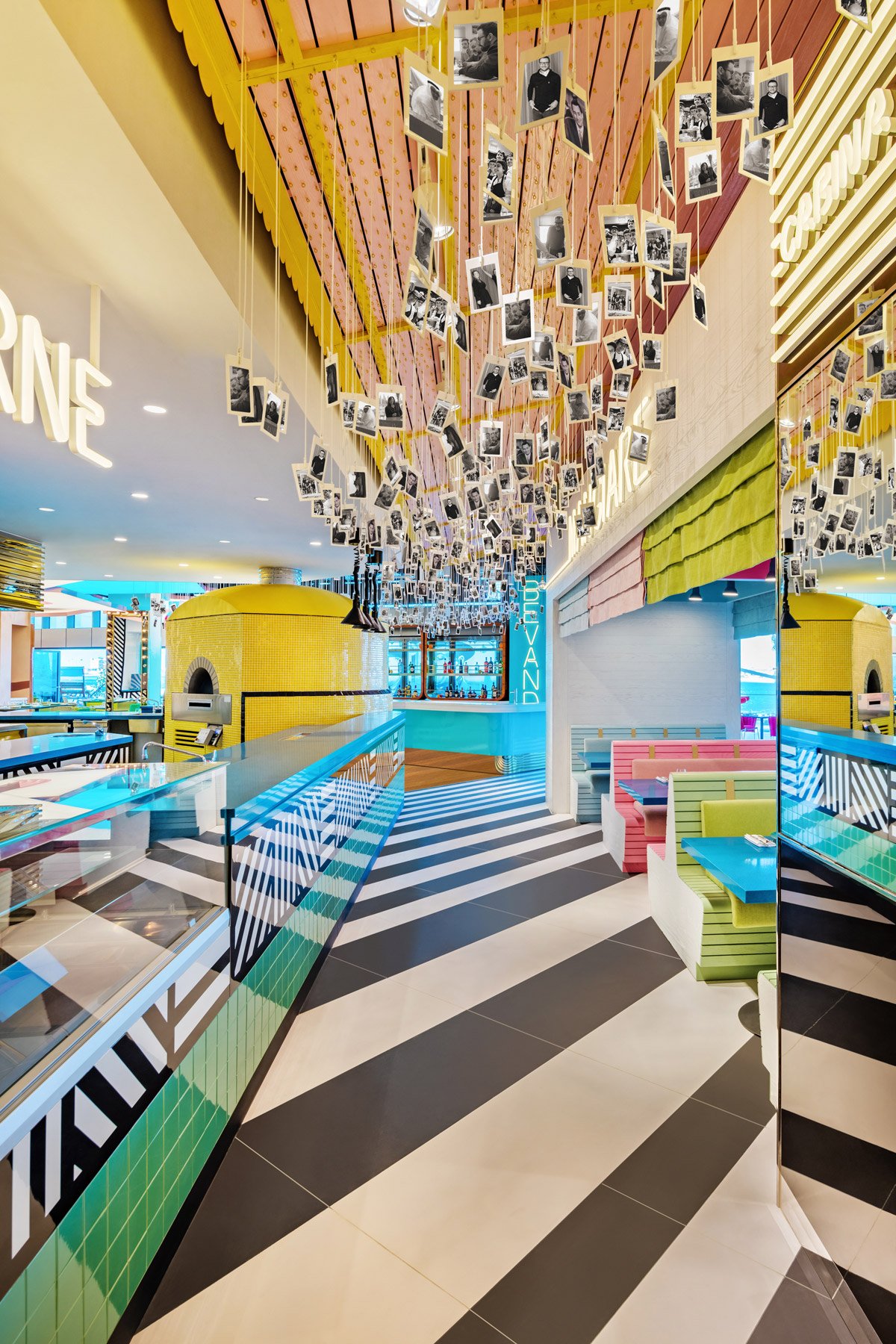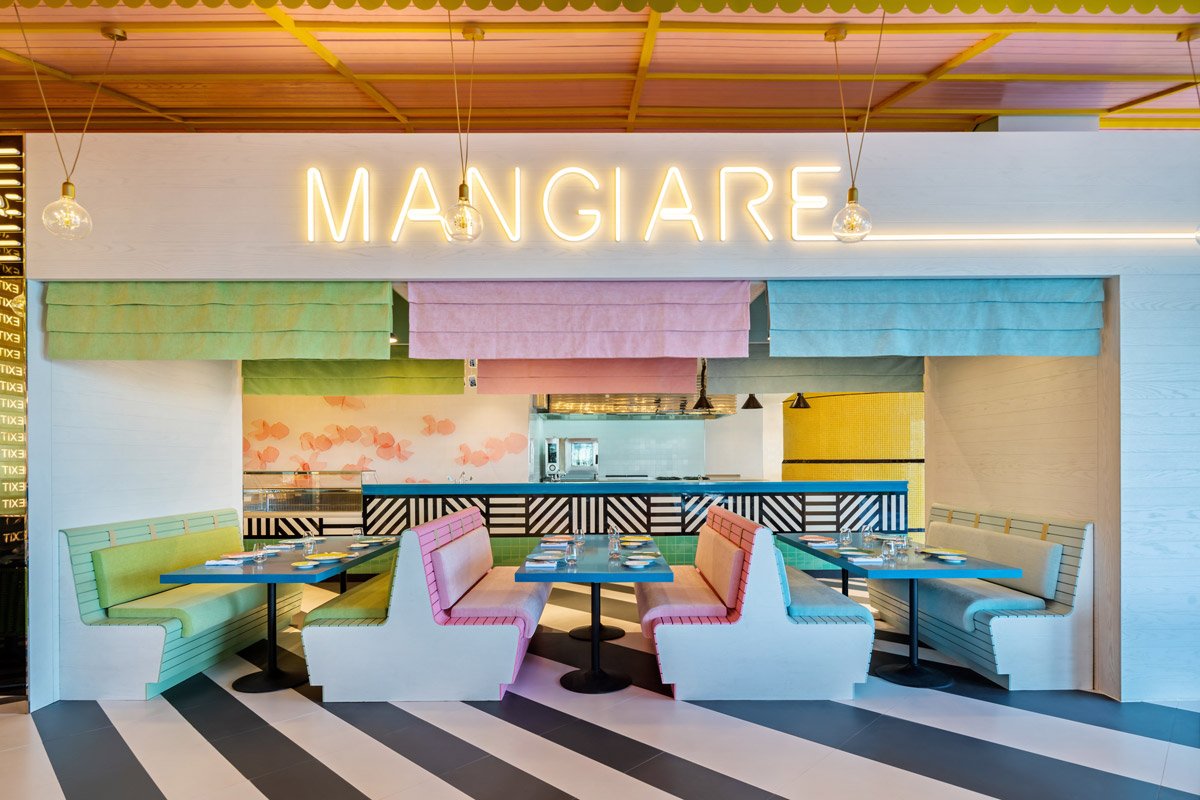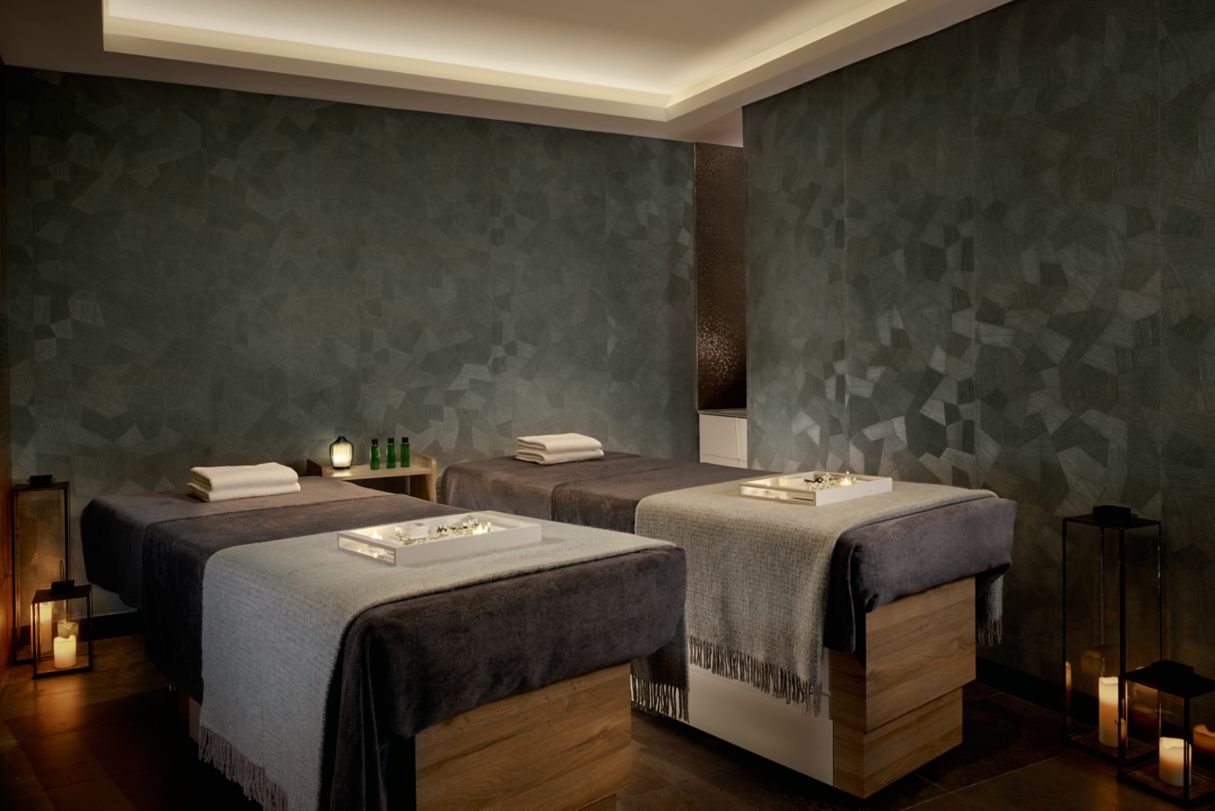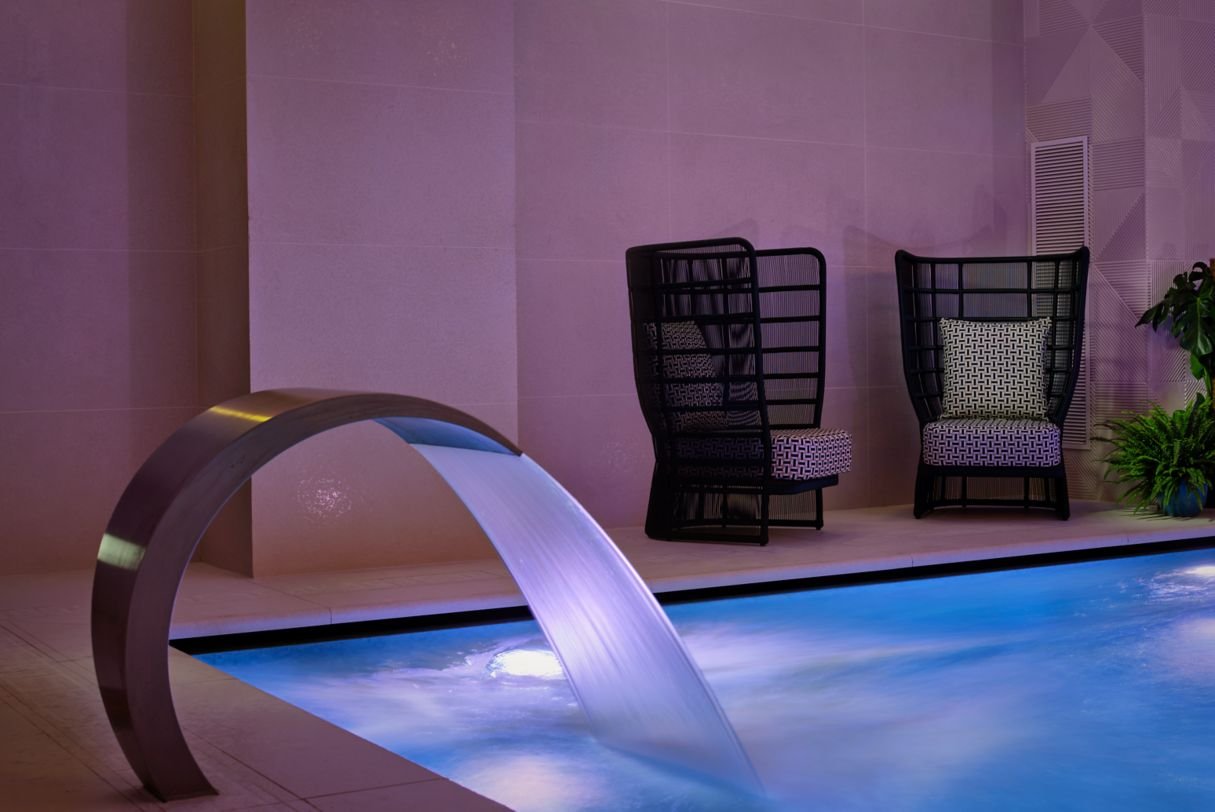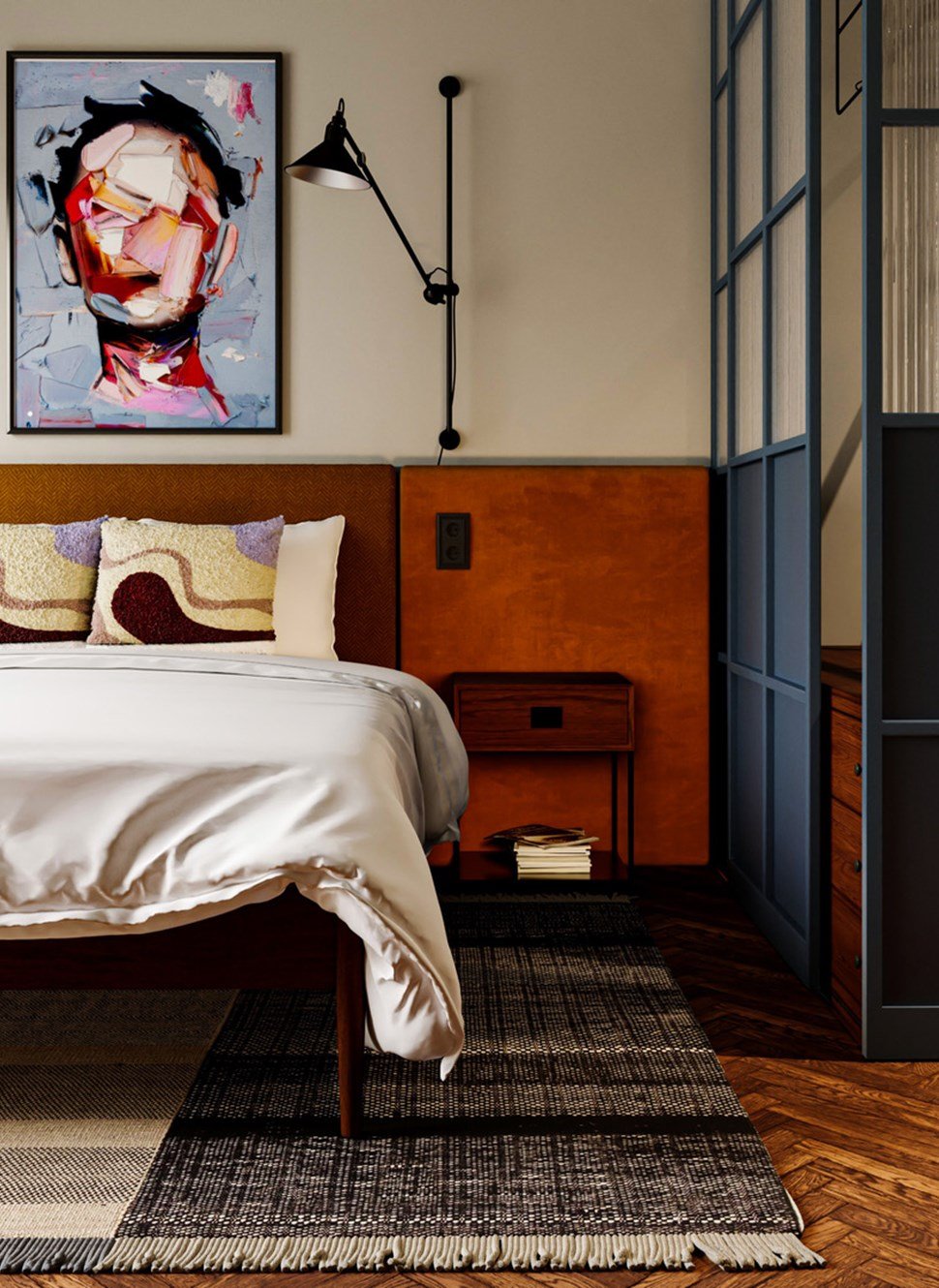What are Hoteliers & Hospitality consultants looking for in boutique hotel design?
WHAT ARE HOTELIERS LOOKING FOR IN LUXURY BOUTIQUE HOTEL DESIGN ?
LONG STAY SPACES
One clear requirement from our hoteliers has been hotel design that focuses on long-stay guests. The apart- hotel is a movement that has come out of a blend between home / boutique hotels with memberships and air-bib longer stay-cations. WOOLF have worked on a number of schemes that are designed to experience blending the short stay and long stay offers under one roof.
STORYTELLING DESIGN
Interior design should have story that shares a unique unexplored perspective. Beyond more visually enticing. It must have a soul that engages guests from check-in to checkout and “provides an ongoing marketing narrative for years to come” verity says . Discover our Hotel Portfolio
MARKETING WITH LONGEVITY
Guests want to be entertained in a multi functional atmosphere, not to stay in uniform hotel rooms that are the same the world over. Ideally, they’ll photograph everything they like and post it for the rest of the world to ‘Like’.
We achieve it by creating ‘instagrammable moments’ in interior architecture. Which is far more meaningful and cost-effective advertising than a glossy brochure. Read our Top 5 Hotel Tips and FAQS’
WELLNESS SPACES
People are thinking more about their health as life is becomes fast paced and work often encroaches on evenings and weekends. Hotel design needs to consider what our society needs. “a place of respite or escape from the everyday. Drawing inspiration from nature, earthy calming hues, and biophilic shapes, lit with warm temperature responsive lighting.
BASECAMPS FOR EXPLORATION
The role hotels play as an escape for rejuvenation and retreat and health, and (especially for the younger generation), the hotel has become more of a base camp for enjoyment and exploration. Duncan says
SUSTAINABILITY
Eco-conscious design will “grow exponentially” as people become more environmentally conscious. This will include the, unconventional use recycled materials energy-efficiency heating and cooling systems and sustainable building practices, which really appeals to guests who are looking for socially responsible stay, minimising the hotel's environmental footprint. See our latest blog on inside news ‘Who is designing Who, hotels and homes’
EXPANSIVE FITNESS CENTRES
Fitness spaces are a standard hotel amenity. The premium spaces that used to hold meeting rooms are being replaced by fitness centres, which was unheard historically. Some hotels incorporating fitness elements like Peloton bikes or treadmills into guest suites.
COMMUNITY-FOCUSED ECONOMICS
Designers and architects have to consider the financial and social impact of a project ‘How can the project benefit the local economy, traveler and investor?’ Local craftsmen are being brought on to the build process early on, which is extremely important for any project making an economic impact on a local community.
HYBRID WORK SPACES
Designing for the WFH hybrid workforce is a demand. To make room for such a shift, hotel design gives over precious space for communal work spaces and leaves the meeting room behind to focus on the play room or media spaces.
HI ART / LOW ART - ART CURATION
Hoteliers are displaying a growing range of art in various spaces to which keep guests and locals engaged throughout the public spaces and can connect the property to the community. WOOLF are masters of interior art curation know for our knack for showcasing existing collections, in ways that enhance the overall brand narrative. See our Curate/Art Collection
PERSONALISED STAY
With the help of technology, hotels can also create simple user friendly interactive experiences that allow guests to personalise their stay, such as digital concierge services and personalised in-room entertainment in a seamless and unobtrusive manner. This could involve integrating smart home systems, interactive displays, or immersive digital installations that enhance the guest experience without compromising the hotel's aesthetic integrity.
BRAND INSPIRATION
Brands known for restaurants, nightclubs and other experience-based offerings are moving into the hospitality space. Hotels are working to differentiate their brand by offering innovative tie in experiences, increasingly seeking memorable hotel stays.
FASHION INFLUENCE
Fashion, interior design, architecture, film and music have all been influenced by the concept of ‘stealth luxury’ or ‘quiet luxury’ that has emerged as a pro sustainability backlash. The focus on well-made investment pieces, classy understated, confident in design - individual anti trend , anti-logo “never bow to the trend cycle or go out of style, true investment pieces you can how for decades” says verity. See our blog which defines ‘quiet luxury’ with insight.
SENSORY EXPERIENCES
Woolf Interior might focus on creating immersive sensory experiences, increasingly aimed at engaging guests on a sensory level, creating spaces that stimulate the senses and evoke emotions. we might pay careful attention to lighting, texture, scent, and sound to craft immersive environments that leave a lasting impression on guests.


